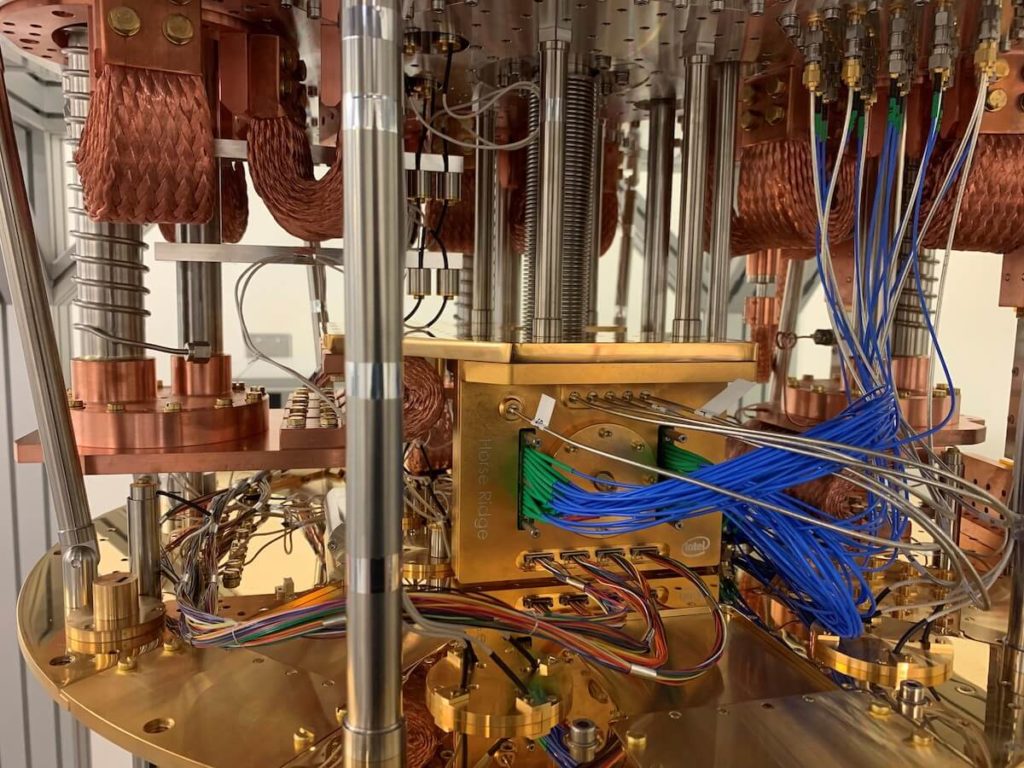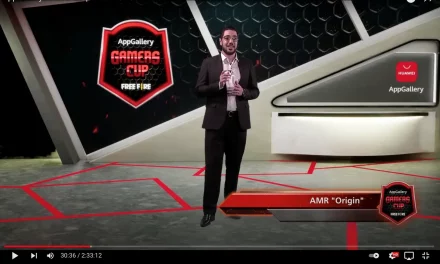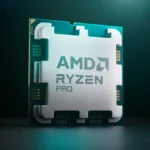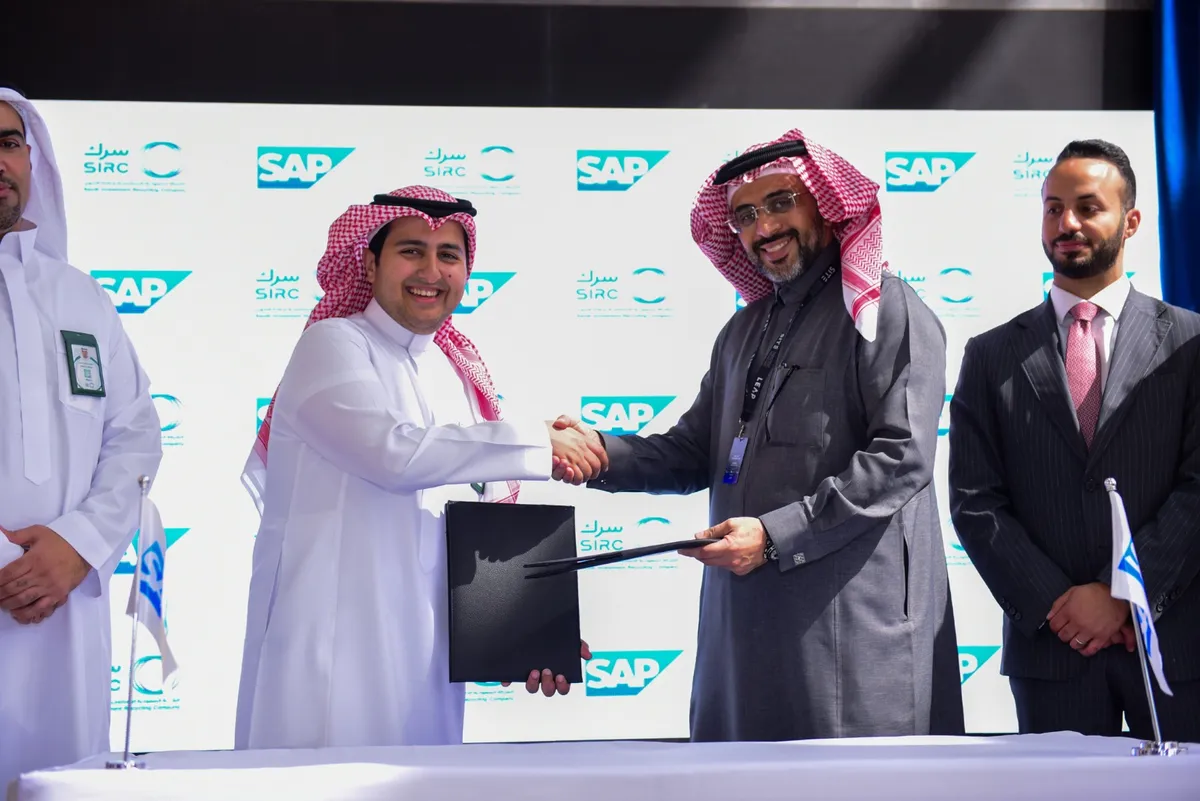


What’s New: At an Intel Labs virtual event, Intel unveiled Horse Ridge II, its second-generation cryogenic control chip, marking another milestone in the company’s progress toward overcoming scalability, one of quantum computing’s biggest hurdles. Building on innovations in the first-generation Horse Ridge controller introduced in 2019, Horse Ridge II supports enhanced capabilities and higher integration levels for elegant control of the quantum system. New features include the ability to manipulate and read qubit states and control the potential of several gates required to entangle multiple qubits.
“With Horse Ridge II, Intel continues to lead innovation in the field of quantum cryogenic controls, drawing from our deep interdisciplinary expertise bench across the Integrated Circuit design, Labs, and Technology Development teams. We believe that increasing the number of qubits without addressing the resulting wiring complexities is akin to owning a sports car but constantly being stuck in traffic. Horse Ridge II further streamlines quantum circuit controls, and we expect this progress to deliver increased fidelity and decreased power output, bringing us one step closer toward the development of a ‘traffic-free’ integrated quantum circuit.”

Why It Matters: Today’s early quantum systems use room-temperature electronics with many coaxial cables routed to the qubit chip inside a dilution refrigerator. This approach does not scale to many qubits due to form factor, cost, power consumption, and thermal load to the fridge. With the original Horse Ridge, Intel took the first step toward addressing this challenge by radically simplifying the need for multiple racks of equipment and thousands of wires running into and out of the refrigerator to operate the quantum machine. Instead, Intel replaced these bulky instruments with a highly integrated system-on-chip (SoC) that simplifies system design and uses sophisticated signal processing techniques to accelerate setup time, improve qubit performance, and efficiently enable the engineering team to scale the quantum system to larger qubit counts efficiently.
New Features: Horse Ridge II builds on the first-generation SoC’s ability to generate radio frequency pulses to manipulate the qubit’s state, known as qubit drive. It introduces two additional control features, paving the way for further integrating external electronic controls into the SoC operating inside the cryogenic refrigerator.
New features enable:
- Qubit readout: The function grants the ability to read the current qubit state. The readout is significant, as it allows for on-chip, low-latency qubit state detection without storing large amounts of data, thus saving memory and power.
- Multigate pulsing: The ability to simultaneously control many qubit gates’ potential is fundamental for effective qubit readouts and the entanglement and operation of multiple qubits, paving the path toward a more scalable system.
The addition of a programmable microcontroller operating within the integrated circuit enables Horse Ridge II to deliver higher levels of flexibility and sophisticated controls in how the three control functions are executed. The microcontroller uses digital signal processing techniques to perform additional filtering on pulses, reducing crosstalk between qubits.
Horse Ridge II is implemented using Intel® 22nm low-power FinFET technology (22FFL), and its functionality has been verified at 4 kelvins. Today, a quantum computer operates in the millikelvin range – just a fraction of a degree above absolute zero. But silicon spin qubits – the underpinning of Intel’s quantum efforts – have properties that could allow them to operate at temperatures of 1 kelvin or higher, which would significantly reduce the challenges of refrigerating the quantum system.
Intel’s cryogenic control research focuses on achieving the same operating temperature level for both the controls and silicon spin qubits. As demonstrated in Horse Ridge II, ongoing advances in this area represent progress over today’s brute force approaches to scaling quantum interconnects and are a critical element of the company’s longer-term quantum practicality vision.
What’s Next: Intel will present additional technical details from this research during the International Solid-State Circuits Conference (ISSCC) in February 2021.











































